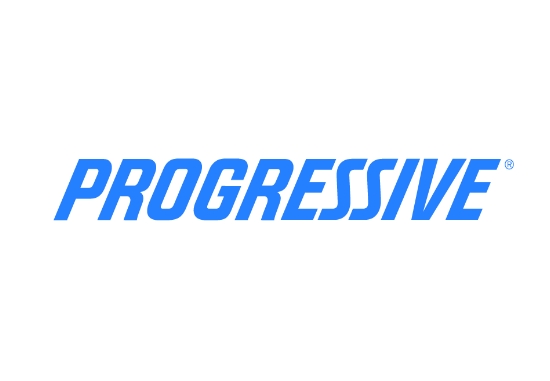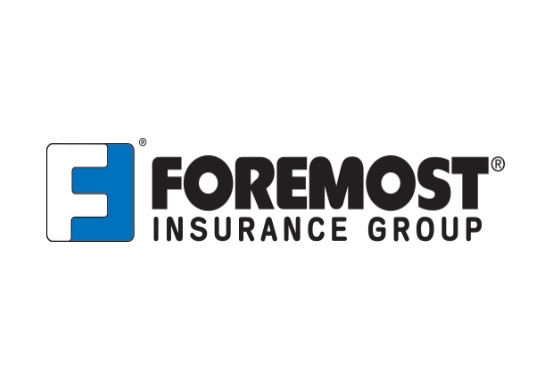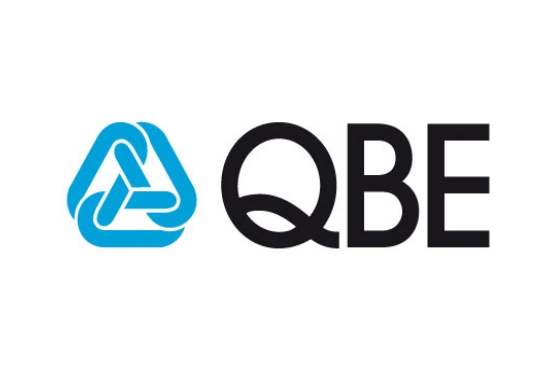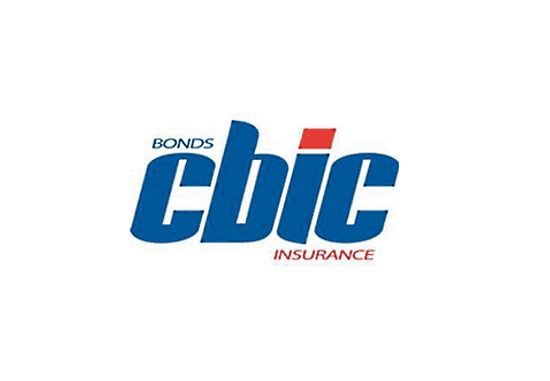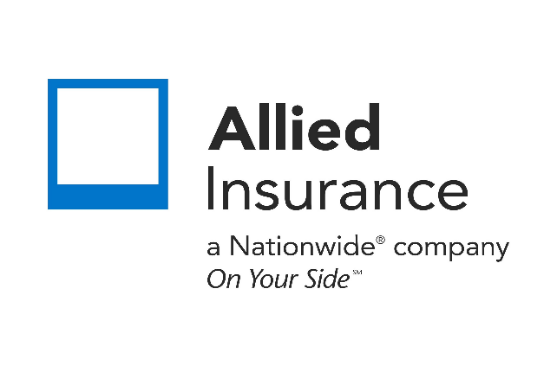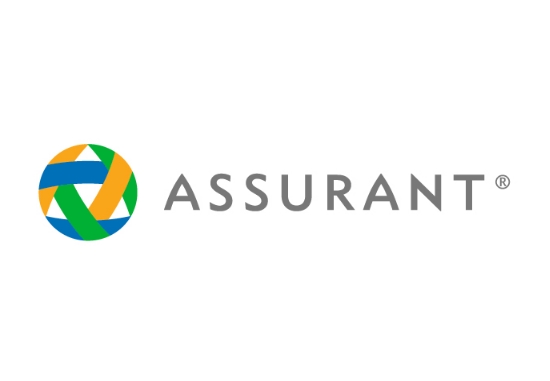Is a liability a debt?
A liability is any financial obligation a company owes, while debt specifically refers to borrowed money that must be repaid with interest. In short — all debts are liabilities, but not all liabilities are debts. Liabilities can include wages, taxes, or accounts payable, which don’t always involve borrowing.
Quick Answer
A liability represents any financial obligation or duty a business owes to another party, while debt is a subset of liabilities that involves borrowed money. Every debt is a liability, but not every liability is considered debt.
Key Points
Liability = broader concept that includes debts, taxes, wages, accounts payable, and leases.
Debt = specific type of liability that arises from borrowing funds.
Liabilities can be current (due within a year) or non-current (due after a year).
Properly classifying liabilities helps assess a company’s financial health and leverage.
In-Depth Explanation
Understanding Liabilities
In accounting, a liability is a present obligation resulting from a past event, where the company expects an outflow of resources — usually money — to settle the obligation. Examples include:
Accounts payable
Taxes owed
Wages payable
Unearned revenue
Long-term leases
These obligations are essential for understanding how a business operates on credit and manages its cash flow.
What Makes Debt Different
Debt is a narrower term. It refers specifically to borrowed funds that the company must repay, often with interest. Examples include:
Bank loans
Corporate bonds
Notes payable
Debts typically come with formal agreements outlining interest rates, repayment terms, and collateral, making them a legally enforceable form of liability.
The Relationship Between the Two
While every debt is classified as a liability, many liabilities exist without any borrowing involved. For instance:
Paying employee wages is a liability but not a debt.
Owing suppliers for raw materials is a liability but not a debt.
Deferred tax obligations are liabilities but not debts.
In financial reporting, understanding this distinction helps investors and managers measure leverage, liquidity, and credit risk accurately.
Why It Matters for Businesses
Businesses use the liability-to-debt distinction to make smarter financing decisions. Too much debt increases interest burden and default risk, while other liabilities, like accounts payable, can be managed through operational efficiency.
Maintaining the right balance ensures long-term stability and healthy cash flow.
FAQ
Is debt the same as a liability?
No. Debt refers to borrowed funds, while liabilities cover all obligations, including debts, taxes, and wages.
Can a company have liabilities without debt?
Yes. A business can owe taxes, salaries, or accounts payable without borrowing any money.
Why is understanding the difference important?
It helps in evaluating a company’s financial leverage, cash flow, and risk exposure.
Are all debts shown as liabilities on a balance sheet?
Yes. All forms of debt appear under liabilities, typically categorized as current or long-term.
Do individuals also have liabilities?
Yes. Personal liabilities include loans, credit card balances, or unpaid bills — anything owed to another entity.
Final Thoughts
Liabilities and debts are closely related but not interchangeable. Debt is a specific form of liability involving borrowed money, while liabilities cover all types of obligations a business or individual owes. Recognizing this difference is key to understanding financial stability and effective debt management.
Want expert help managing business risks and protecting your assets? Fill out the form below to explore coverage options. With access to nearly 100 carriers, we’ll find the best protection at the right price. Start now and get your personalized quote — fast, secure, and tailored to you.
.
Related Posts
Get a Right Insurance For You
SHARE THIS ARTICLE
We will compare quotes from trusted carriers for you and provide you with the best offer.
Protecting your future with us
Whatever your needs, give us a call, have you been told you can’t insure your risk, been turned down, or simply unhappy with your current insurance? Since 1995 we’ve been providing coverage to our customers, and helping people across United States.

